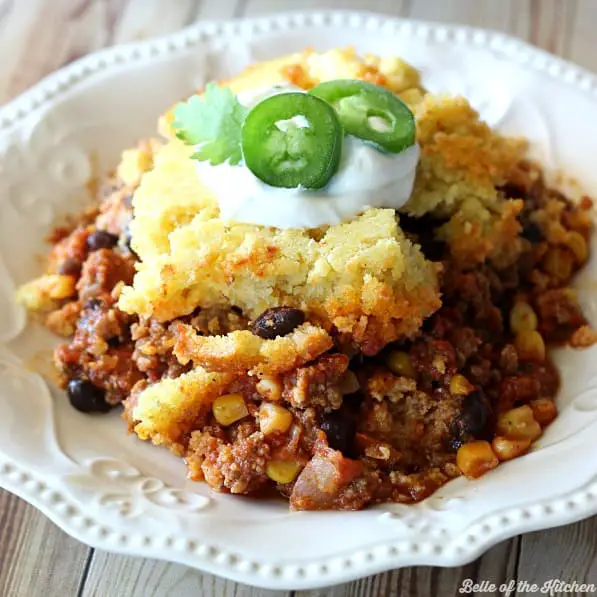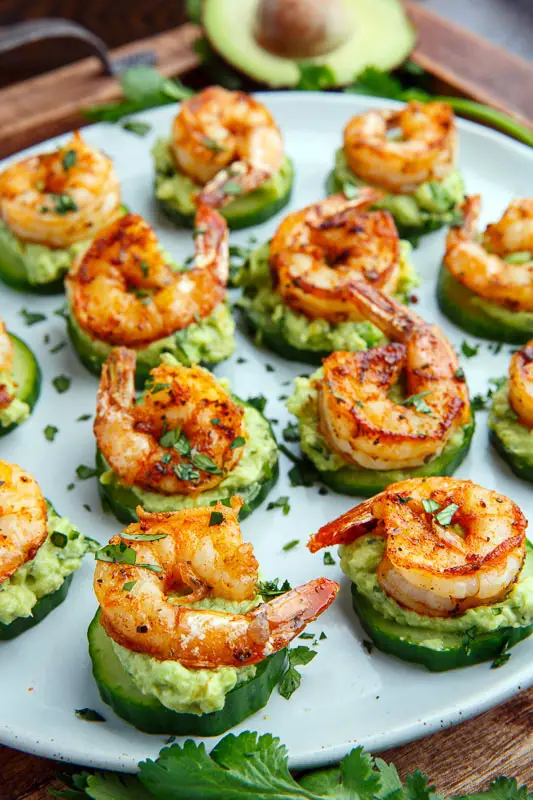Buongiorno, my friends. Can you smell the sweet aromas of Spring baking wafting through the kitchen? It must be time to prepare one of Italy’s most beloved Easter treats – the iconic Italian Easter bread.
Enriched with eggs, butter, and zesty citrus, this stunning golden braided loaf is truly a celebration of the season. From its vibrant colored egg nestled in the center to the sweet crystallized glaze, every bite is absolute bliss.
So tie on your aprons, and let’s carry on this cherished Italian tradition together. This show-stopping Easter bread is sure to dazzle on any brunch table.
Why You Will Love This Italian Easter Bread Recipe
Where do I start? This recipe is a veritable flavor fiesta that will have you savoring every delicious crumb. Let me break it down:
First, the dough itself is enriched with eggs, butter, and milk for an irresistibly soft, tender texture. We’re going all out on richness here.
Next, orange and lemon ensure this bread has a lovely bright, sunny flavor. Those citrus notes pair so beautifully with the sweet baked dough.
But the real star of the show? The iconic whole eggs baked right into the center of the braid. Not only do they make for a stunning presentation, but you get to reveal and enjoy those perfectly jammy baked eggs with every slice.
It’s breakfast and dessert all in one.
Topped off with a shiny sugar glaze and sprinkled with rainbow-hued sprinkles, this Easter bread is truly a feast for the eyes and the taste buds.
Ingredients Needed to make Italian Easter Bread
Here’s everything you need to recreate this bellissima Easter treat:
- 3 1⁄4 cups all-purpose flour
- 1 packet active dry yeast
- 1⁄4 cup warm milk
- 1⁄2 cup butter, softened
- 1⁄3 cup sugar
- 2 eggs, divided
- 1 tsp vanilla extract Zest of
- 1 orange
- Zest of 1 lemon
- 1⁄2 tsp salt
- 3 whole eggs, dyed if desired
- 1 egg yolk
- 2 tbsp water
- 1⁄3 cup sprinkles
Alternative Ingredients
| Ingredient | Alternative |
| All-Purpose Flour | Bread Flour or Half Whole Wheat Flour |
| Milk | Plant-Based Milk Like Almond or Oat |
| Butter | Vegan Butter or Olive Oil |
| Eggs | Egg Replacer or Aquafaba |
| Sprinkles | Sliced Almonds or Pearl Sugar |
Step-By-Step Instructions on How to Make this recipe
Here’s a sneak peek into bringing this Italian Easter masterpiece to life:
First, we’ll prepare the enriched dough by combining the yeast with warm milk and sugar to activate it. Then we’ll mix in the soft butter, eggs, citrus zest, and vanilla to create a lush, aromatic dough.
After a quick knead and rise, we’ll divide and shape the dough into two long ropes to create the iconic braided loaf shape. We’ll nestle those whole vibrant dyed eggs right into the center before brushing with an egg wash for a showstopping golden sheen.
Then it’s off to the oven to bake until puffy and fragrant. Once cooled slightly, we’ll drizzle our stunner with a sweet lemon glaze and top with a vibrant shower of sprinkles. Bellissima.
Expert Tips
- Use room temperature eggs and butter for best incorporation.
- Add the zests and extracts right into the warm milk to fully infuse the flavors.
- Braid the dough loosely at first to allow room for expansion as it bakes.
- Bake on the lower end of the oven to ensure even cooking.
- Let the glaze set for 10-15 minutes before slicing.
Utensils You Need To Make Italian Easter Bread
These are the utensils and/or equipment you need to make this recipe:
- A large bowl
- A dough whisk or wooden spoon
- Plastic wrap or kitchen towel
- A work surface or pastry mat
- Parchment paper or baking mat
- A bread loaf pan or baking sheet
- Pastry brush
- Small bowl for egg wash
- Wire rack for cooling
Frequently Asked Questions About Italian Easter Bread
What is the significance of Italian Easter bread?
In Italy, this sweet yeast-raised bread is an Easter tradition that dates back centuries. The whole eggs baked into the loaf represent rebirth and renewal, while the braided shape is said to symbolize the Holy Trinity. It’s both a delicious and symbolic way to celebrate the Easter season.
How do you get the eggs to bake into the bread without cracking?
The key is to bake your Easter bread at a lower oven temperature, around 325°F to 350°F. This gentle, even heat prevents the eggs from overcooking and cracking. It takes a bit longer to bake through fully, but the end result is worth it.
How far in advance can I make this bread?
You can make the dough up to 24 hours before baking, allowing for the rise times. Or, bake the loaf fully up to 3 days in advance. Just keep it covered at room temperature and warm up slightly before serving. The fresher the better, though.
Should I refrigerate leftovers?
No need. This bread will keep well at room temperature for 3-4 days. Just be sure to cover it tightly with foil or plastic wrap. The cool, dry environment of the fridge can dry out the soft texture.
What else can I use besides sprinkles for decoration?
Get creative with toppings. Sliced almonds, pearl sugar, or coarse sparkling sugar would all make beautiful shiny garnishes. Or leave it simple with just the lemon glaze. You could even stud the dough with dried fruits before shaping. Make it your own.
Can I add other citrus flavors to the dough?
Yes, you can. The zesty brightness really makes this bread shine. In addition to orange and lemon, you could add lime, grapefruit, or even lemon or orange extract for extra punchy flavor. Just be sure not to overload the dough.
How do I store this Easter bread?
Once fully cooled, wrap the loaf tightly in plastic wrap or foil. It will keep at room temperature for up to 4 days. You can refresh stale slices by giving them a light toast. Or use them for a wonderful bread pudding.
Is this bread difficult to braid?
Not at all. I’ll guide you through the easy braiding technique step-by-step. As long as you divide the dough evenly into two ropes, you’ll have no trouble creating that iconic woven look. Just braid it loosely at first to allow room for expansion.



